Get Complete Information on Canada education system. Check the details of Education System Chart, High School Education System & Canada Vs UK.
The Canada Education System offers a wide range of undergraduate, graduate, and doctoral degrees in numerous fields and disciplines. Almost every program in Canada is taught in English that serves as a practice for non-native speakers and offers a variety of choices for native speakers to enhance their skills.
The Canadian education system is provincially controlled that lets foreign students and graduates with Canadian work experience become permanent eligible residents in Canada. International students can complete all or part of their education in Canada by enrolling in various degree courses. Both private and public universities are available in Canada offering quality education in different disciplines such as engineering, medicine, business, management, and more.
Most of the degree programs in Canada are taught in English with a few exceptions in French. International students from non-native English-speaking countries need to prove English language proficiency in order to gain admission in top universities in Canada.
Table of Contents
- How is the Education System in Canada?
- Canada Education System Chart
- Structure of the Canadian Education System
- Canada High School Education System
- Other Types Of Education in Canada
- Canada Education System Vs UK Education System
How is the Education System in Canada?
Canada is the second-largest country in the world by land area with its top study abroad destinations being Toronto, Montreal, and Vancouver attracting students from all over the world. The Canadian community is very welcoming to international students and offers a friendly and safe living environment for international students. Canada is a highly developed country that ranks well on the economic and human development indexes and has been home to over 200,000 international students belonging to different nationalities. Some facts about the Canadian education system are listed below:
- Canada’s education system is a world-leader in research and education that is also accessible and diverse
- It offers a wide range of degree programs that are flexible as compared to other education systems
- Students have a variety of options to choose from irrespective of the program chosen and the field of study
- International students can choose from over 200 higher education institutions in Canada to pursue a bachelor’s, master’s, or doctoral degree in various disciplines
- The duration of the undergraduate program in four years and a master’s degree in Canada can be completed in 1-2 years
- The duration of a doctoral degree in Canada varies for different programs but takes anywhere from four to six years.
Canada Education System Chart
Canada is one of the top countries offering the highest quality of life and also a public health system, public transport, and first-rate education to all students. The Canadian education system is one of the best in the world that allows students to experience a multicultural community. Canada is ranked in the G-7 countries in terms of education offering diploma and degree programs that are globally recognized and comparable to other countries such as the US and other Commonwealth countries.
There is an increase in the number of Canadian educational institutions that are internationally recognized for the breadth of research and learning opportunities. Several Canadian universities are ranked among the top 100 in the world and always remain in that category year after year. Studying in Canada can be one of the best decisions for students with quality and more affordable tuition, safe cities, employment options (both during and after the study period) that lead as a pathway to Canadian permanent residence. Some of the benefits of pursuing higher education in Canada are listed below:
- Canada is a vast nation having a diverse learning and living environment. International students can choose any Canadian province to pursue their higher education
- International students can enroll in transfer programs that allow them to begin studying in college and later transfer to any university
- Canada offers an open work permit to foreign spouses and common-law partners of international students
- International students in Canada can work up to 20 hours per week that exposes them to the Canadian work experience and helps them build an income and make professional connections that can help kick-start their career
- International students can apply for a Post-Graduation Work Permit after graduation. This work permit of up to 3 years allows graduates to work for any employer in Canada
Structure of the Canadian Education System
There are four levels of schooling in Canada, although the requirements vary slightly from province to province:
Pre-Elementary
Children between the ages of four and five are offered pre-elementary education or kindergarten before they enter elementary school in Canada. It is compulsory to attend pre-elementary school in Nova Scotia and New Brunswick. However, it is optional in other provinces of Canada.
While the first year of pre-elementary school is usually free in most places in Canada, some provinces offer additional free years. Quebec, for instance, offers free kindergarten for low-income families or disabled children.
In Canada, pre-elementary education is a relaxing experience that teaches students everything they need to know about the alphabet, counting, pre-reading, music, art, and social interaction. Children in these programs are prepared for the next step in their education: primary school!
Primary
In Canada, children must attend elementary school beginning in grade 1, usually at the age of 6 or 7, and continuing through grade 6, generally at the age of 11 to 12. Students at this stage of education typically have a single teacher that teaches all subjects while they are all in the same class with the same classmates.
The pre-elementary curriculum includes different subjects like math, English language, science, social studies, physical education, art, music, etc. With every new grade, the course difficulty increases.
Secondary
In Canada, secondary education is divided into junior high and high school. After finishing elementary school, students must attend a junior high school. This is a two-year educational phase that includes grades 7 and 8.
Over these two years, students get the opportunity to adjust to changing classrooms and teachers. In addition, this stage is intended to prepare students for their next stage of education, during which the difficulty of courses is expected to increase substantially.
As students reach the eighth grade, they begin their high school years, which last for four years, until class 11th or 12th (ages 16-18). The law requires that students stay in school until they are 16 years old, regardless of what grade they are in at the time.
Students in Canadian high schools benefit from carefully designed curriculums to prepare them for college. Several provinces even provide job training while a student is in high school.
Post-Secondary
College and University
Students in Canada can apply to colleges and universities shortly after graduating from high school. The main reason for attending college in Canada is to prepare for university and earn credits that can be applied to university courses.
Students can pursue higher education at Canadian universities. These universities offer a variety of academic degrees, namely a bachelor's degree, a master's degree, and finally a PhD as the greatest level of education. This structure is similar to the one offered in the United States.
Canada High School Education System
Canadian high school, also known as a secondary school runs from Grade 9 to Grade 12 in most Canadian provinces and territories with an exception in Quebec where high school starts in Grade 7 and ends in Grade 11. Students can move on to college or university after the completion of their high school education. The Canada Education System at the high school level has both public and private high schools that offer high-quality education to students from all over the world. Some of the details about the Canada High School Education System is shown below:
- Around 10 provinces and 3 territories in Canada oversee high school education and each of their ministries of education recognizes the importance of maintaining high standards
- Several major policy decisions and design initiatives are in place that ensures quality and consistency in the Canada Education System
- Many Canadian public high schools accept international students in various programs. International students can choose to study in English, French, or both
- Publicly-funded schools in Canada are managed at the local level by elected school boards, which deliver a standard curriculum or program of study
- Private high schools in Canada offer alternative options and charge fees for attendance. The same curriculum is delivered as public high schools that ensure that students complete the same course of study as they would in the public school system
- The cost of high school in Canada ranges between $8,000- $14,000 per year for international students.
Other Types Of Education in Canada
Let us take a look at some other types of education that students can pursue in Canada:
Vocational Schools
Along with community colleges, students have the option of attending technical schools spread all over the country to learn a trade or vocation. Earlier, students in such programs did not require to have a high school diploma, but things have significantly changed in recent years.
Students can learn trade-specific skills in vocational schools and gain real-world experiences under the supervision of a qualified professional.
Private Schools
In Canada, it is also possible to attend private schools. These schools aren't funded by the government, and their tuition is often very high. The decision lies with the parents and students about whether this is an investment worth making.
Some parents feel that their children may benefit from smaller classes, more individualized attention or prefer to send them to a particular school. Those students who cannot learn French but can afford to attend a private school often do so in Quebec.
Religious Schools
Children who wish to attend religious schools in Canada must be enrolled in a private school for the most part, with the exception of some Catholic schools. A school like this offers both regular schooling and religious instruction associated with the school's religion.
Canada Education System Vs UK Education System
The Canadian education system is more focused on holistic education rather than grades only. This has a great effect on the social strata of the country and also on the school system. On the other hand, the UK education system requires good grades and has a very structured school system. Find below some of the points comparing the Canada Education System Vs UK Education System:
- Children pursuing studies under the Canadian education system were reported to be much happier than students studying under the UK education system due to its rigorous grading structure
- The UK school system is more traditional and is based on scales and grades whereas the Canadian school system follows a more holistic approach to grading children, teaching and extracurricular activities based on learning
- The Canadian education system is placed above the UK education system in terms of student performance and quality of education
- The Canadian school system is the preferred option for the security of the family in comparison to the UK school system. The families and community are more involved in the education of the children in the community in Canada.
- Most of the extracurricular activities are directly sponsored by the Canadian school system are run by community organizations in Canada. In the case of the UK education system that is more structured, the extracurricular activities are also usually sponsored directly by the school system.





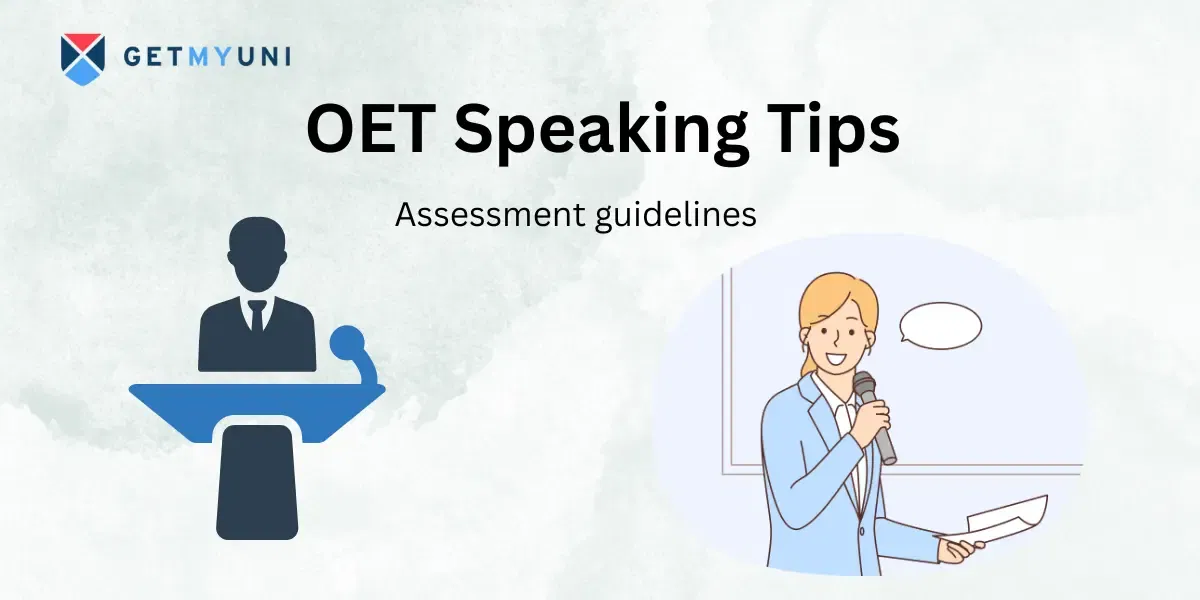

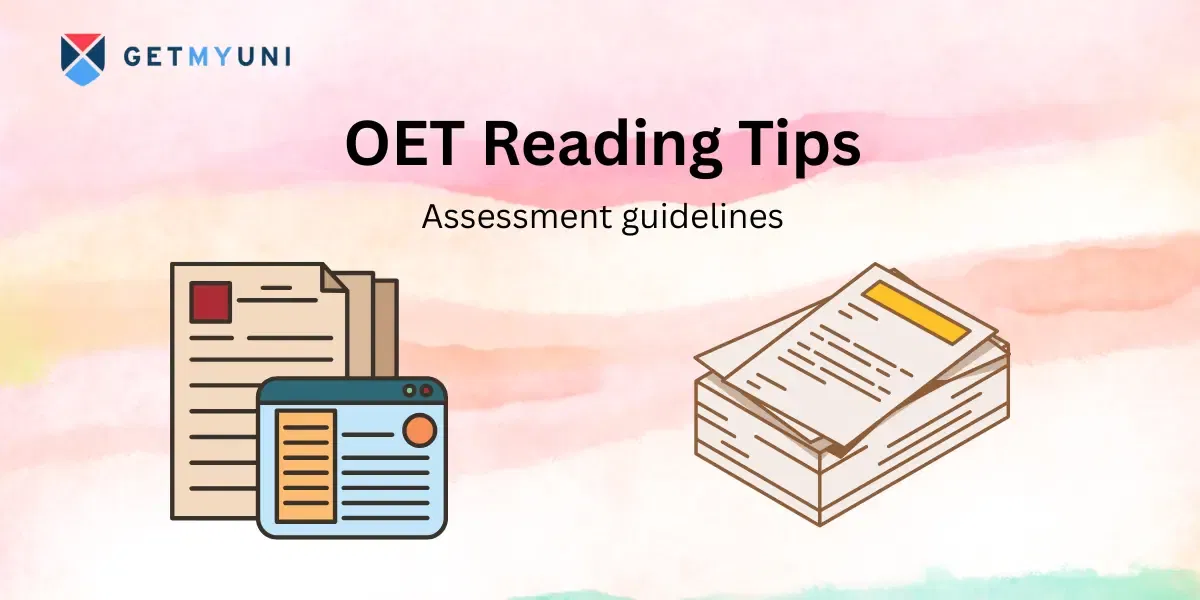






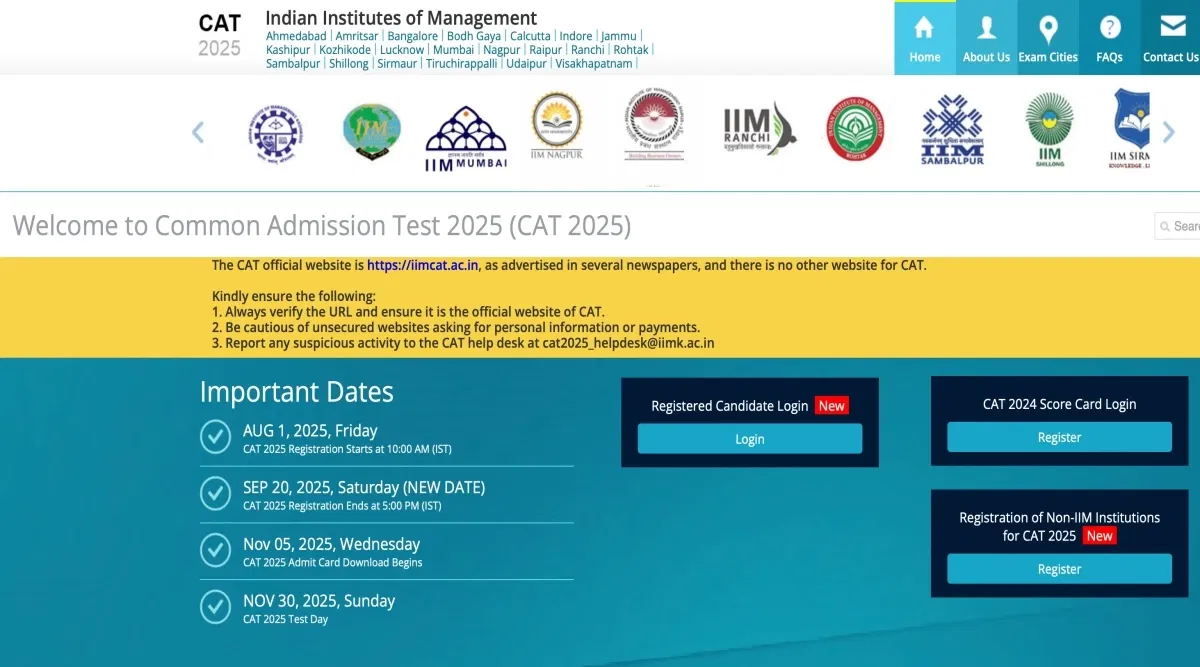





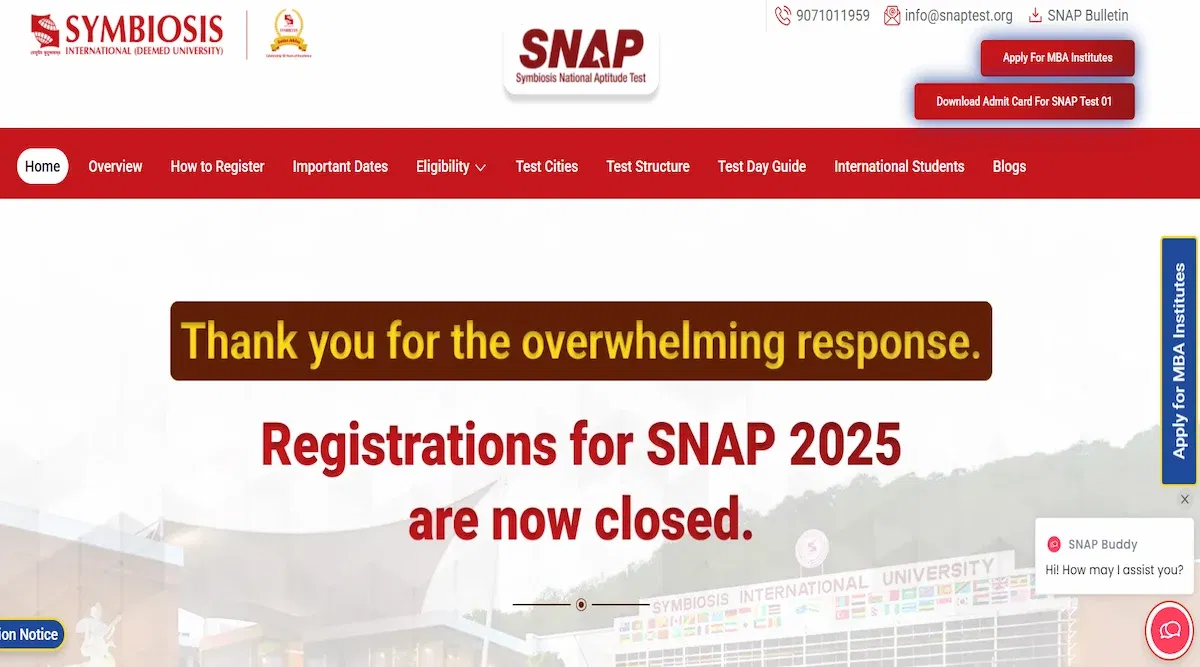
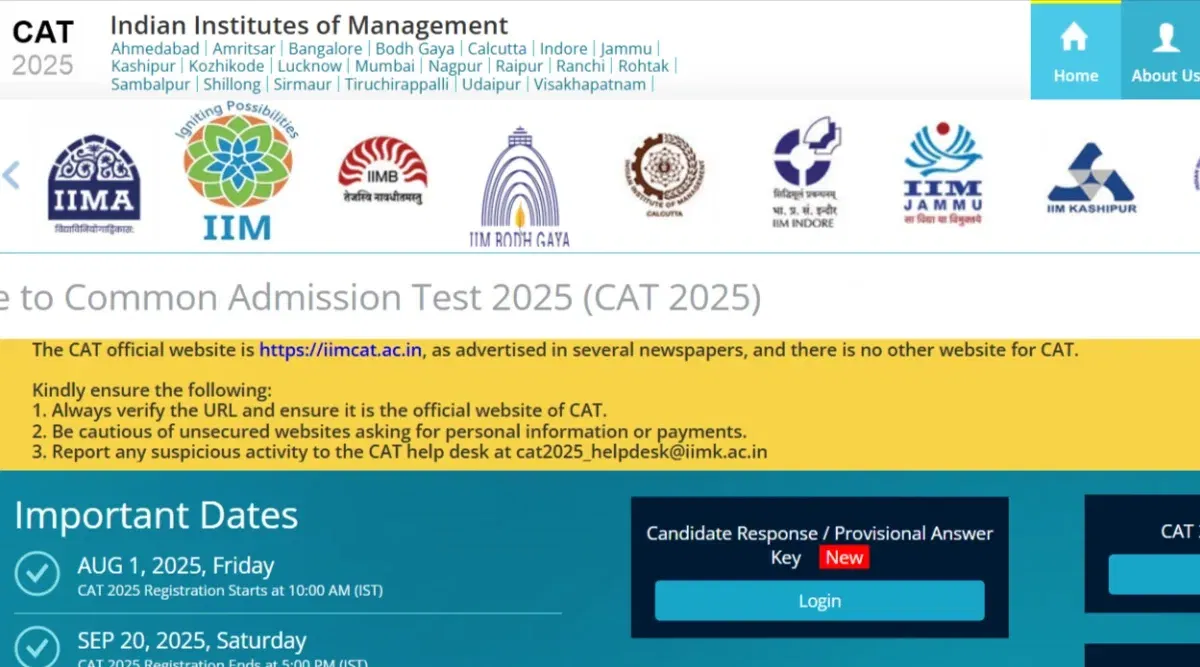

POST YOUR COMMENT